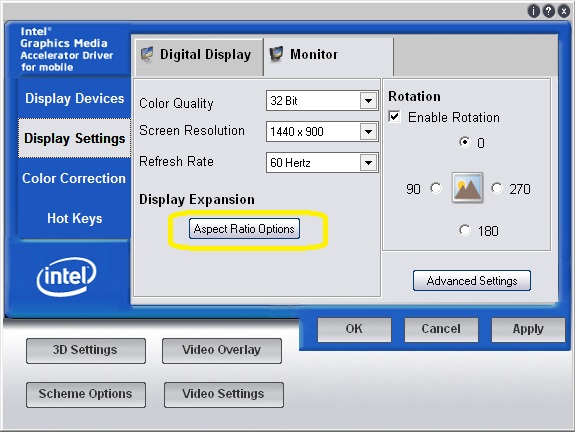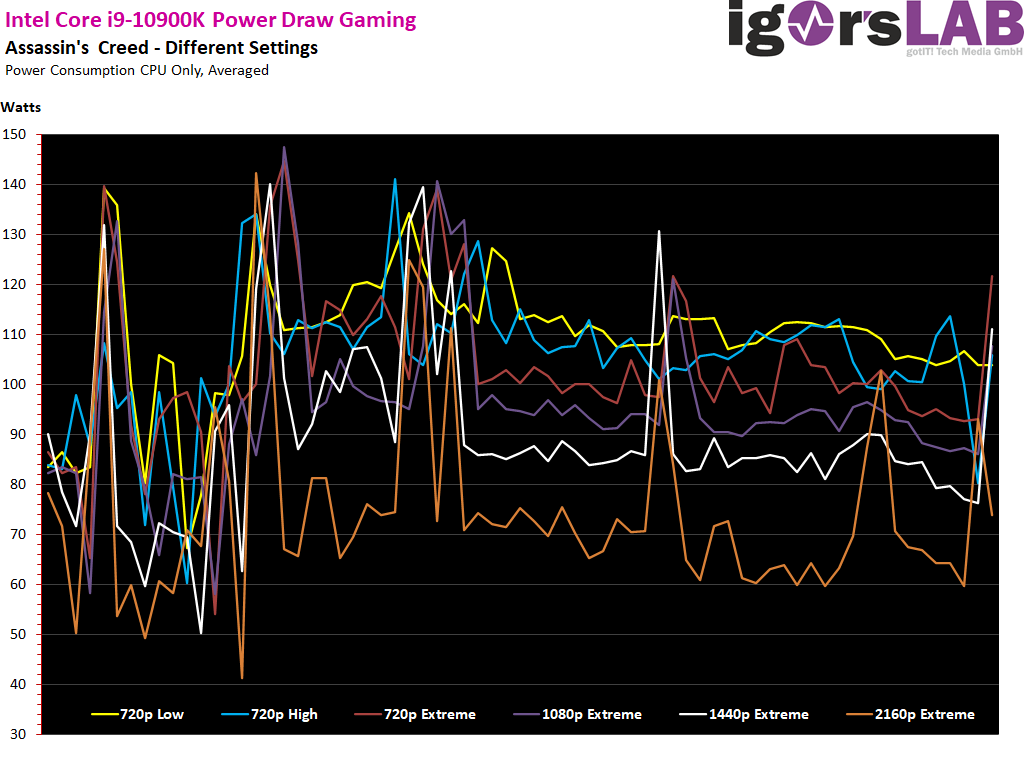


“We’re not going to be scaling it to, like, the absolute ultra performance, that type of thing,” says Chandler. One thing that does seem certain, though, is that Intel’s best GPUs - at least this year - won’t be aiming to be the absolute best graphics you can get on a laptop. And we’ll have to wait and see how well performance scales up to the more powerful laptop models (and the desktop versions), along with how Intel’s chips compare to AMD and Nvidia’s existing GPUs later this year.

Intel isn’t showing benchmarks against Nvidia or AMD yetĪnd it’s important to remember that this is just the first and least powerful version of Intel’s dedicated GPU hardware.
INTEL GRAPHICS AND MEDIA SCALING OPTIONS TRIAL
That all makes today’s Arc announcement feel a little more like a trial run than the grand debut of Intel’s next big platform. There’s also “Project Endgame,” a mysterious service that will let customers access Arc GPUs “for an always-accessible, low-latency computing experience” sometime later this year. Death Stranding: Directors Cut, for example, launched today without the feature in tow, despite serving as one of Intel’s key demos for XeSS back at CES 2022.Ĭustomers are also still waiting for desktop versions of Arc GPUs, too, which the company previously promised would finally arrive in Q2 2022, with workstation cards following sometime in Q3. Anyone looking for a true gaming laptop will have to wait for the Arc 5 and Arc 7 GPUs - which will offer significantly more graphics cores, ray-tracing units, memory, and power - set to arrive later this year in “early summer.”Īlso not available at launch: Intel’s XeSS AI-powered super-sampling system for upscaling games to a higher resolution on the fly, which the company says will also be available in a similar “early summer” window. Given the 25W to 50W range for power, they’re meant for ultraportable devices that intend to offer more graphical firepower than integrated graphics alone, not dedicated gaming machines.
INTEL GRAPHICS AND MEDIA SCALING OPTIONS FULL
Today’s launch is just a small taste of what Intel’s full picture for Arc will look like, though: to start, the company is only launching its least powerful Arc 3 series GPUs: the A350M, which has six Xe-cores and six ray-tracing units, and the A370M with eight Xe-cores and eight ray-tracing units. They bring support for DirectX 12, dedicated ray-tracing hardware, and - at least for the first batch of GPUs - only around twice the power of Intel’s integrated Xe graphics. Intel’s discrete GPU revolution is finally beginning after months of previews and teasers, with the company launching its first Arc A-series GPUs for laptops today.


 0 kommentar(er)
0 kommentar(er)
